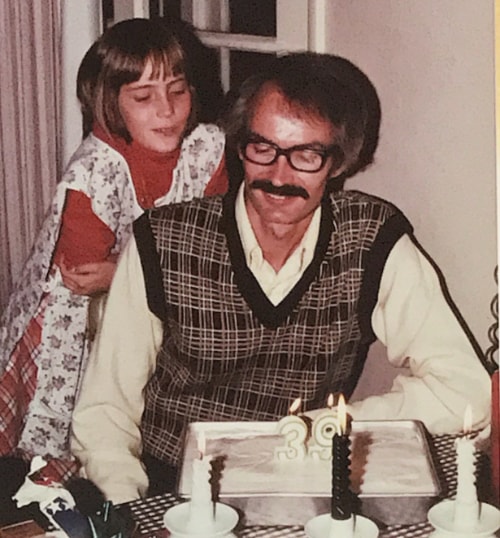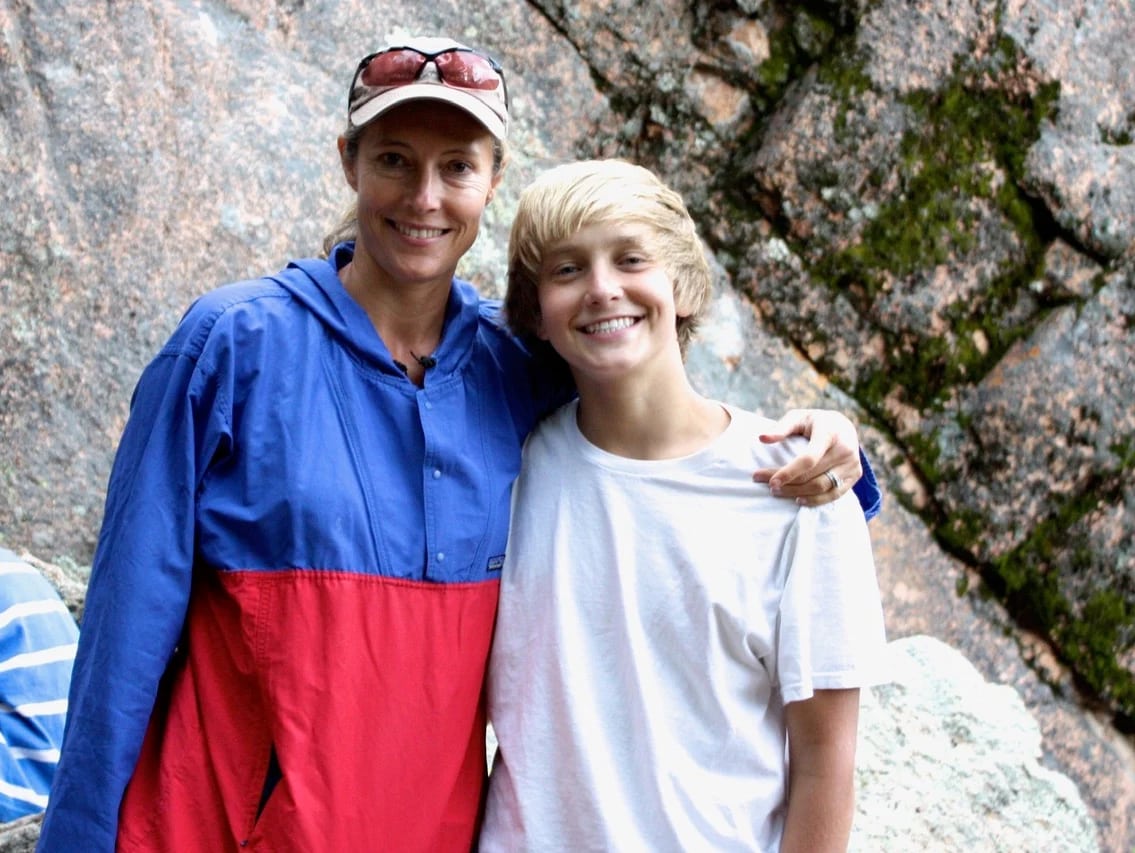Kerry here!
Did you know renowned therapist Sue Johnson says adults have a fundamental need for “safe haven relationships?” This resonated deeply at the Attachment Theory conference I just attended. It perfectly captures the feeling every parent wants – to be that safe space for their child. Here are some practical tips I learned from various trainers about fostering that close connection, even with our ever-changing teenagers.
Wag your tail
When you see your kids, no matter how big, grown up, or snarky they are, underneath lies a very young child who wants to feel treasured, seen, and loved. As a therapist, I’ve seen this over and over again… the sweet, young child that hides inside a teen/tween. So be the friendliest, happiest, waggiest dog when you see them. (Idea came from Eli Harwood AKA @theattachmentnerd.)
Love grounds us
Adults need others. This is not codependency. We have a need to belong. We long to feel seen. We need to know we’re not alone in our suffering. We need to know that if we call for help, someone will come. We all need “safe haven relationships.” We are all terrified of being abandoned and rejected. So go in and reflect your loved one’s reality. Show them they are not alone. (Ideas from Sue Johnson)
Kerry’s musing: while our teens need to push away from us, they also need to know we won’t reject them. They need to know we will be their “safe haven relationship.”
Play is an essential, ongoing need for all humans
It’s a core attachment need, along with physical touch, emotional closeness, acceptance, unconditional love, safety, and security. (Clair Mellenthin) Kerry’s musing: If you knew that play is essential to your kids’ well-being, could you find a way to add more of it to your family life?
It’s not your kid, it’s their amygdala
While an emotional episode might make it seem like your child is purposely acting wild, it’s actually their amygdala, the brain’s alarm system, taking over and causing the outburst. During these times, they need comfort until it passes. Just like our kids needed compassion when they screamed as infants and melted down as toddlers, big kids still get dysregulated and need our calming presence.
There is so much brain science and attachment science about how much the brain drives our behaviors. If I had to boil it all down to one sentence, it would be: When your kid has big emotions, lean in with empathy. Be their safe haven relationship. You can always teach later. Until the brain is calm, it’s not really open to learning anyway.
Remember, even the toughest teenagers have that sweet inner child craving connection tucked just below the surface.



